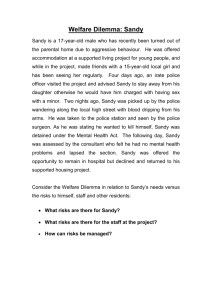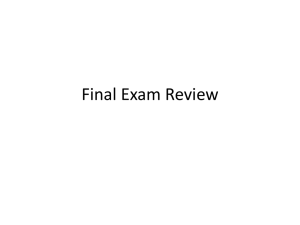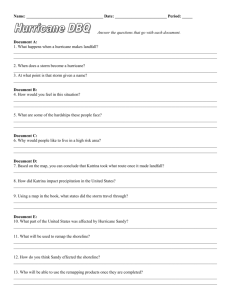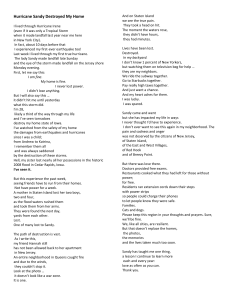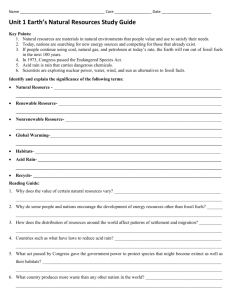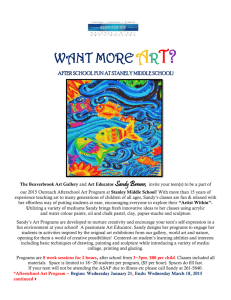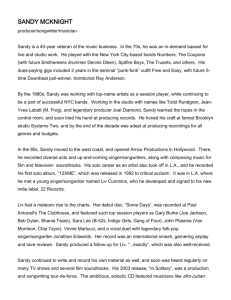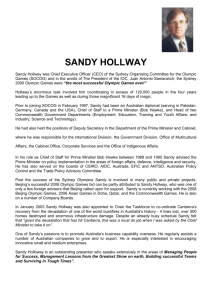Universitetet i Oslo
advertisement
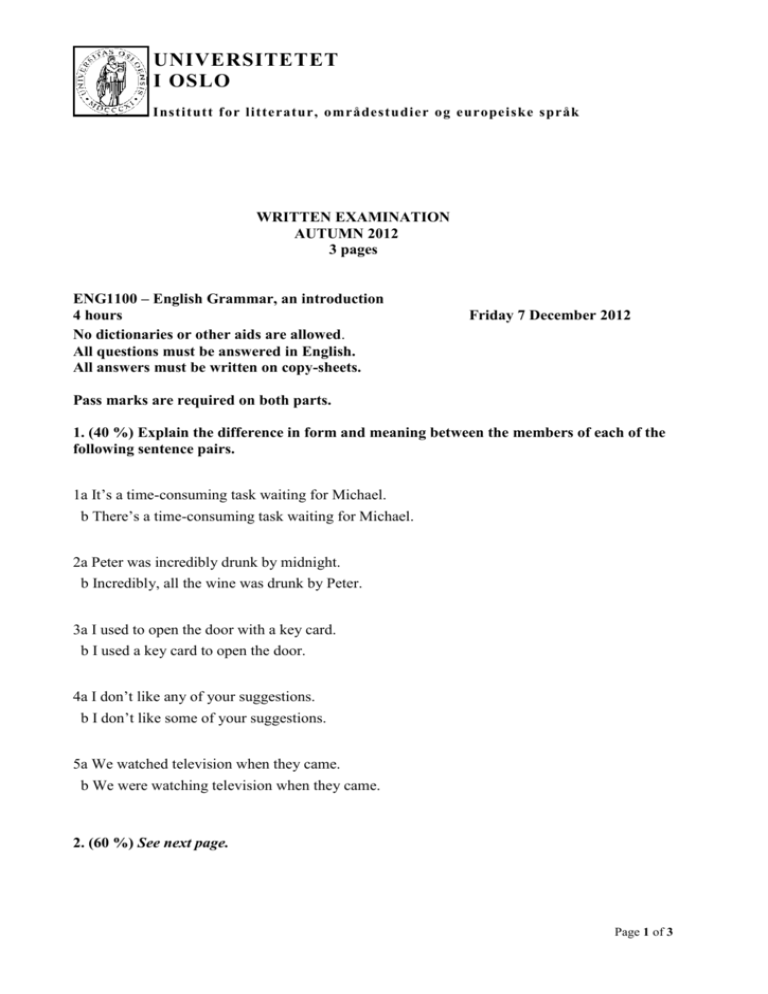
UNIVERSITETET I OSLO Institutt f or litteratur, områdestudier og europeiske språk WRITTEN EXAMINATION AUTUMN 2012 3 pages ENG1100 – English Grammar, an introduction 4 hours No dictionaries or other aids are allowed. All questions must be answered in English. All answers must be written on copy-sheets. Friday 7 December 2012 Pass marks are required on both parts. 1. (40 %) Explain the difference in form and meaning between the members of each of the following sentence pairs. 1a It’s a time-consuming task waiting for Michael. b There’s a time-consuming task waiting for Michael. 2a Peter was incredibly drunk by midnight. b Incredibly, all the wine was drunk by Peter. 3a I used to open the door with a key card. b I used a key card to open the door. 4a I don’t like any of your suggestions. b I don’t like some of your suggestions. 5a We watched television when they came. b We were watching television when they came. 2. (60 %) See next page. Page 1 of 3 2. (60 %) Read the following text and answer the questions below. Sandy Ends the Silence There are still a few Lance Armstrong deniers who don’t accept the overwhelming evidence that 3 he used performance-enhancing drugs. And even rational people can’t say for sure that doping was the reason he won any particular Tour de France; it’s at least possible that he could have won some of those races clean. But it’s no longer controversial to suggest that performance6 enhancing drugs had something to do with his victories. They do, after all, enhance performance. There ought to be a similar consensus that global warming had something to do with Hurricane 9 Sandy. The science of climate change is even more overwhelming than the case against Armstrong, and while the links to extreme weather are more complex, warmer seas and warmer air do produce nastier storms. To paraphrase Grist eco-journalist David Roberts, aging may not 12 be the precise cause of your aching knee, but that kind of thing happens when you age. Hurricane Sandy — like this year’s historic heat waves, droughts and wildfires in the U.S., not to mention an unprecedented ice melt in the Arctic — is the kind of thing that happens when 15 you broil the planet with fossil fuels. Sandy was a blunt reminder that the technical term for people who are affected by climate change is people. It’s an environmental issue, a security issue and, yes, an economic issue. The 18 oceans are expected to rise at least another foot (30 cm) by 2100 and will rise much more if the world can’t make a quick transition from fossil fuels. Activists have been so busy warning about climate science and griping about climate silence that they’ve ignored the tremendous climate 21 progress the U.S. has made under Obama, who has to fight against strong opposition in this area. His strict new fuel-efficiency rules for cars and trucks should reduce carbon emissions by 6 billion metric tons by 2025, which would be like wiping out an entire year’s worth of emissions. 24 His stimulus bill poured an astonishing $90 billion into clean energy, doubling wind power. U.S. emissions are now falling even though the economy is growing. Undeniably, the U.S. still needs some kind of price on carbon to reduce pollution. It needs to 27 eliminate archaic subsidies for fossil fuels. And it needs to promote less exurban sprawl and long-haul trucking and more telecommuting, carpooling and trains. The U.S. has quietly begun its transition to a low-carbon economy, however. Sandy could be the moment that accelerated 30 the transition, the moment that America dropped its Lance Armstrong attitude toward the climate. The alternative future looks like Sandy on steroids. (Adapted from Time magazine) Questions: a) Account for the three uses of that in the second paragraph of this text (lines 8-15). In each case you should say what word class the word belongs in and what its syntactic function is. b) Explain the difference between restrictive and non-restrictive adjectival relative clauses. Then identify one clause of each type from the third paragraph of this text (lines 16-25). In each case you should state what the syntactic function of the relative clause is, and consider whether any alternative relative pronoun would be possible. c) Explain what is meant by sentential relative clauses. Then identify one such clause from the third paragraph (lines 16-25) of the text. (See further next page.) Page 2 of 3 d) Explain what is meant by adjunct, conjunct and disjunct adverbials. Then identify one example of each type from the text. In each of the cases you identify you should state how the adverbial is realised (word class, phrase type or clause type). e) Explain the difference between the long and the short passive. Then identify one example of each type from the third paragraph of the text (lines 16-25). f) Explain the difference between root and epistemic modality. Then identify one modal of each type from the text, and describe further the modal meaning expressed by the root modal you single out. g) Explain the difference between referential and anticipatory it. Then find two examples of each type in the text. h) Give a complete syntactic analysis of the underlined sentence at line 26 (Undeniably, the U.S. still needs some kind of price on carbon to reduce pollution). Explanation: For an explanation of the mark obtained, please contact the teacher responsible for the course within one week after the exam results have been published in StudentWeb. Remember to include your name and candidate number. The examiner will then decide whether to give a written explanation or give an oral explanation to you in person. Page 3 of 3

